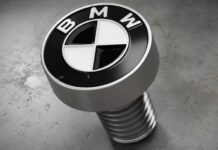The Honda SH, first released in 1984, has gone through 7 generations in the past 3 decades with significant changes in both design and technology.
30 years have passed since the appearance of the SH 80 concept model. At that time, the streets were not as congested as they are now, and the streets in Europe were dominated by traditional Italian scooters. The Japanese scooter stood out with its convenience, modernity, and ease of control. The impressive design features multiple planes, sharp lines, automatic lubrication, electric start, large wheels, automatic transmission, and low maintenance cost…
The SH 80 is suitable for urban life. It is lightweight, easy to maneuver, and flexible while still comfortable for long journeys. After that, each generation of the SH was introduced with engine options ranging from 50, 75, 80, 125, 150, and 300cc. New technologies were also applied to the scooter, such as the ABS anti-lock braking system and the eSP engine.
1984 – 1st generation: SH 80 Scoopy
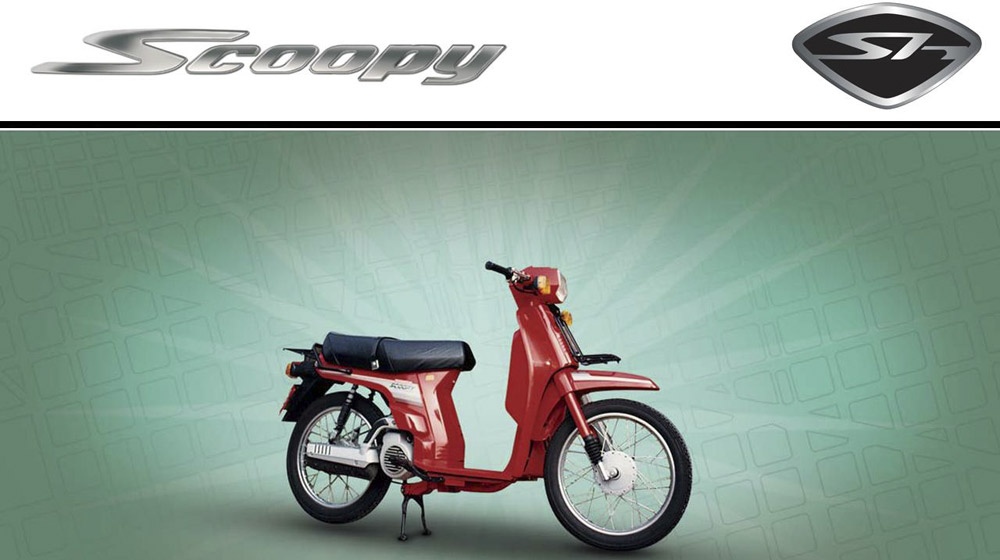
The SH 80 was introduced with a modern engine, a 2-stroke engine with automatic lubrication, electric start, and automatic transmission. It had a power output of 6 horsepower.
Different from typical scooters, the SH 80 had a plastic body and 16-inch wheels. The design was also different and unique. Especially, the flat and spacious footrest attracted female customers who could easily place their bags.
1996 – 2nd generation: SH 50/100
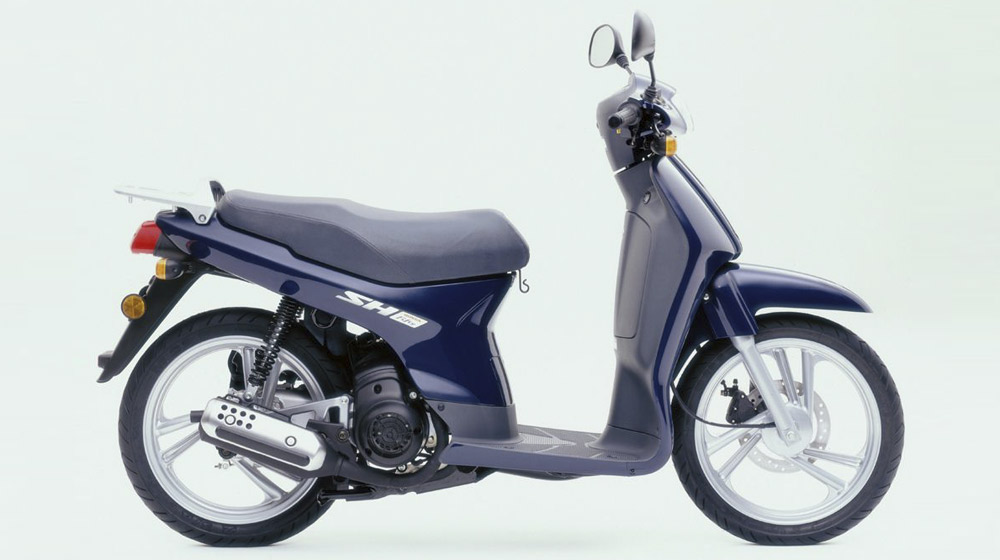
The new design of the SH sparked a lot of controversy, but its compact shape, comfortable seating, and advanced technology made the scooter widely accepted. The scooter sold in Europe was produced at Honda’s factory in Atessa, Italy, and had 2 versions: 50cc and 100cc. The 50cc version was especially popular among young people.
2001 – 3rd generation: SH 125/150

Longer distances, emissions requirements, and fuel consumption led Honda to discontinue the 2-stroke engine. In 2001, the company introduced a 4-stroke engine, and the SH underwent significant changes in both appearance and specifications.
The 3rd generation had 2 versions: 125cc and 150cc. The 4-stroke engine with 4-valve SOHC operated quieter and more efficiently. It also featured a combined braking system (CBS) and a mechanical lock. The new performance helped the SH become a leading player in its segment. The scooter easily reached speeds of 100 km/h and was often seen on highways.
2004 – 4th generation: SH 125/150i
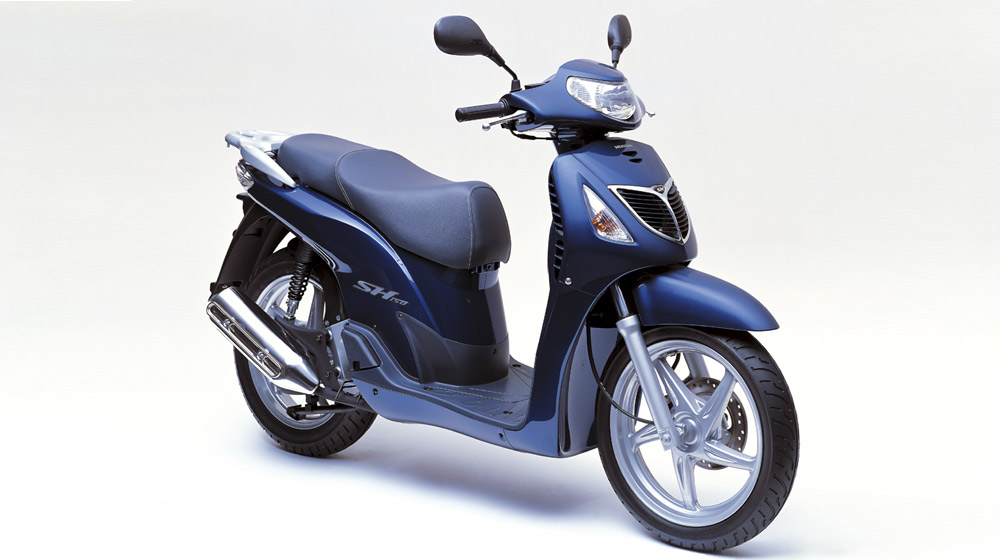
The 4th generation of the SH complied with Euro 3 emissions standards thanks to the use of electronic fuel injection technology (PGM-FI).
2006 – 5th generation: SH 300i
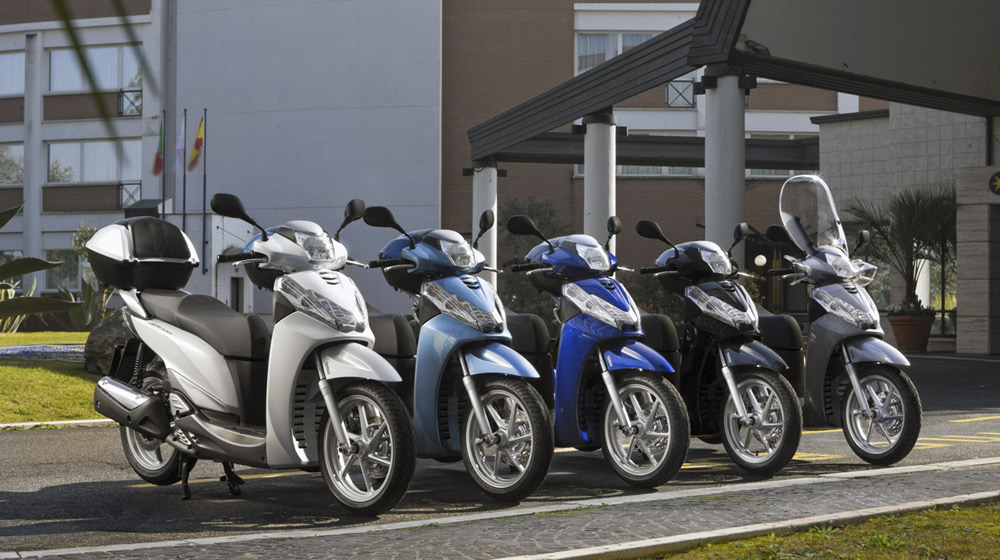
The SH 300i was based on the SH concept and used a 4-stroke SOHC engine with a single-cylinder and 4 valves. It ranked high in its segment with impressive speed and acceleration capabilities. The fuel consumption was at 3.75 liters/100 km according to the manufacturer’s declaration.
The dimensions of the 300cc version were not much different from the 125cc/150cc version. In fact, the seat height was even lower by 5mm.
2009 – 6th generation: SH 125i/150i
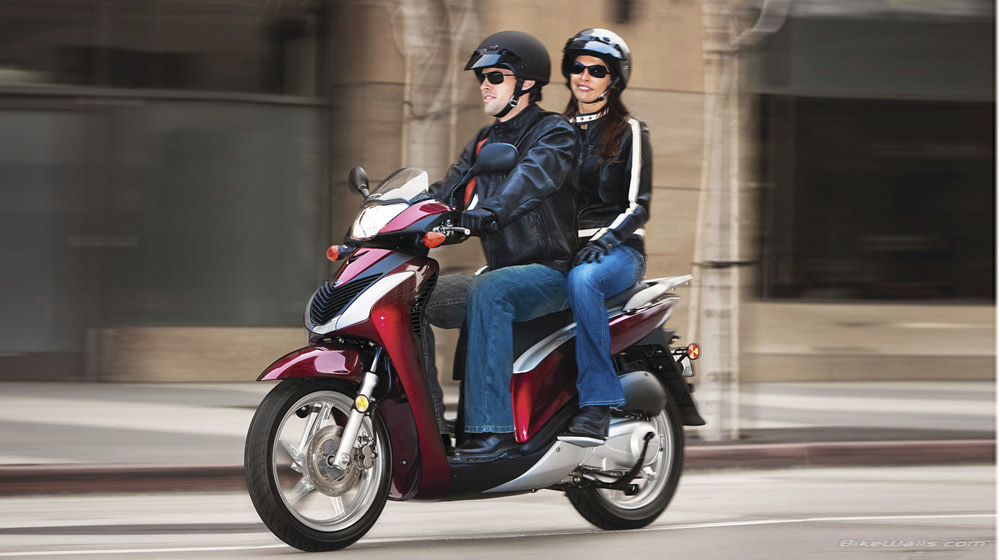
The new SH 125i targeted the increasing demand for urban commuting. Honda upgraded the design and added a rear disc brake system.
2013 – 7th generation: SH 125

30 years after its first appearance in 1984, the SH is still highly popular. In Europe, in addition to the eSP engine version sold in Asia, the new SH is also equipped with an anti-lock braking system (ABS) to enhance safety. The ABS technology, similar to that used in cars, allows the rider to maintain control of the scooter even when applying hard braking.
- Honda unveils new SH version, priced from nearly 67 million VND
- Discover the smart key on the new Honda SH
Hà An compiled (TTTĐ)




